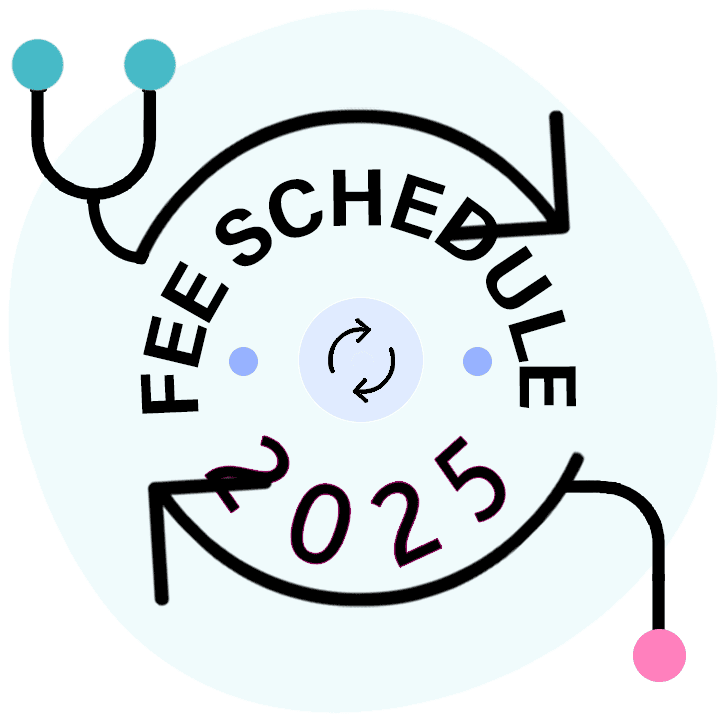The 5 Point Checklist for CPT Codes 99358 and 99359

Changes have been made to the California OMFS since the publication of this article. Be sure to see the latest analyses here and here.
2021 OMFS updates drastically changed how E/M codes are billed. The following information may not be applicable for DOS on and after March 1, 2021.
The 2017 Physician Fee Schedule, officially adopted by the California Division of Workers’ Compensation (DWC) for dates of service on or after March 1, includes a number of significant changes from its 2016 counterpart.
Perhaps the most intriguing was the introduction of CPT codes 99358 and 99359 as reimbursable codes for non-face-to-face prolonged services, such as record review.
Over the past three years, these non-face-to-face services were often difficult for claims administrators and providers to negotiate on a case-by-case basis. The built-in CPT guidelines and reimbursements that come with the new payable status are good for the entire workers’ comp community.
Assessing when providers are allowed to bill codes 99358 and 99359 is not as easy as it may seem.
To begin with, both codes have strictly-defined time components, meaning that the provider must meet over half of the specified time before reporting these codes. CPT Code 99358 is for the first hour of non-face-to-face services and may be billed before or after direct patient care. CPT 99359 is an add-on code, only billable in conjunction with 99358. So in the case of these codes, a provider must spend 31 minutes or more before billing code 99358, and 76 minutes or more before adding code 99359.
Beyond time requirements, there are the settings and circumstances to consider. Per the American Medical Association’s CPT 2017 adopted by California’s DWC:
“Codes 99358 and 99359 are used when a prolonged service is provided that is neither face-to-face time in the office or outpatient setting, nor additional unit/floor time in the hospital or nursing facility setting during the same session of an evaluation and management service and is beyond the usual physician or other qualified health care professional service time.”
So far, so good. Face-to-face with a patient during an evaluation and management service cannot be counted toward prolonged service without direct patient contact, no matter how much time is spent with the patient.
In addition, these codes may only be used if the non-face-to-face service goes “beyond the usual” time a provider would spend on a service. This is pretty easy to meet for workers’ comp patients – a better-informed provider will create a better plan of treatment, and taking extra time to sift through old medical records is a natural course of action.
A provider is allowed to bill for non-face-to-face prolonged service on a different date than the primary service. This prolonged service can take place either before or after the actual face-to-face care, as long as the non-face-to-face time spent relates to the past or future direct, face-to-face care of the patient and to ongoing patient management.
In the case of a record review, the provider must review the records in question. Of course, providers may only use these codes for record review when a different service provider created those records. Non-face-to-face prolonged service may not be reported for review of a provider’s own records.
Finally, providers may use the time-bound non-face-to-face service codes even when the face-to-face primary service CPT code is not assigned a time requirement.
In checklist form, the adopted CPT guidelines for reporting codes 99358 and 99359 consists of 5 points:
- CPT Codes 99358 and 99359 may only be used when a prolonged non-face-to-face service
- Is neither:
- Face-to-face time with a patient during an evaluation and management service in the office or outpatient (non-facility) setting, nor
- Additional time in a facility setting during the same evaluation and management service[1]
AND
- Is “beyond the usual” time a provider would spend on a service.
- Prolonged service is to be reported in relation to other physicians or other qualified health care professionals services, including but not limited to evaluation and management services at any level.
- A provider is allowed to bill for non-face-to-face prolonged service on a different date than the primary service.
- However, prolonged service must relate to
- The past or future direct, face-to-face care of the patient
- Ongoing patient management
- The face-to-face primary service CPT code need not have a time requirement.
Major NCCI Changes to CPT Code 99359 - on or after April 1, 2017 providers will be reimbursed for a maximum of one unit of 99358 and two units of 99359 of non-face-to-face time per patient on any given day. Previously, no limit existed for the amount of non-face-to-face time.
The number of units for CPT 99359 is limited by Medicare’s Medically Unlikely Edits (MUEs) as published on the CMS website. An MUE for a HCPCS or CPT Code denotes the maximum units of service that a provider would report under most circumstances for a single beneficiary on a single date of service.
Medicare allows exceptions to these MUEs. Providers may report medically reasonable and necessary units of service in excess of the MUE value assigned by Medicare. CPT modifiers such as 76 (repeat procedure by same physician), 77 (repeat procedure by another physician), anatomic modifiers (e.g., RT, LT, F1, F2), 91 (repeat clinical diagnostic laboratory test), and 59 (distinct procedural service) can be used to report additional services units that exceed the MUE value assigned to a service code. Modifier 59 may also be utilized only if no other appropriate modifier describes the service.
If additional time is required beyond the 2 unit limit of 99359, the supporting documentation should clearly explain the reason the number of services reported was medically reasonable and necessary.
daisyBill makes authorization, billing, and appeals quicker, easier, better. Contact us to learn how our software and services can help your practice.
CONTACT US
DaisyBill provides content as an insightful service to its readers and clients. It does not offer legal advice and cannot guarantee the accuracy or suitability of its content for a particular purpose.


